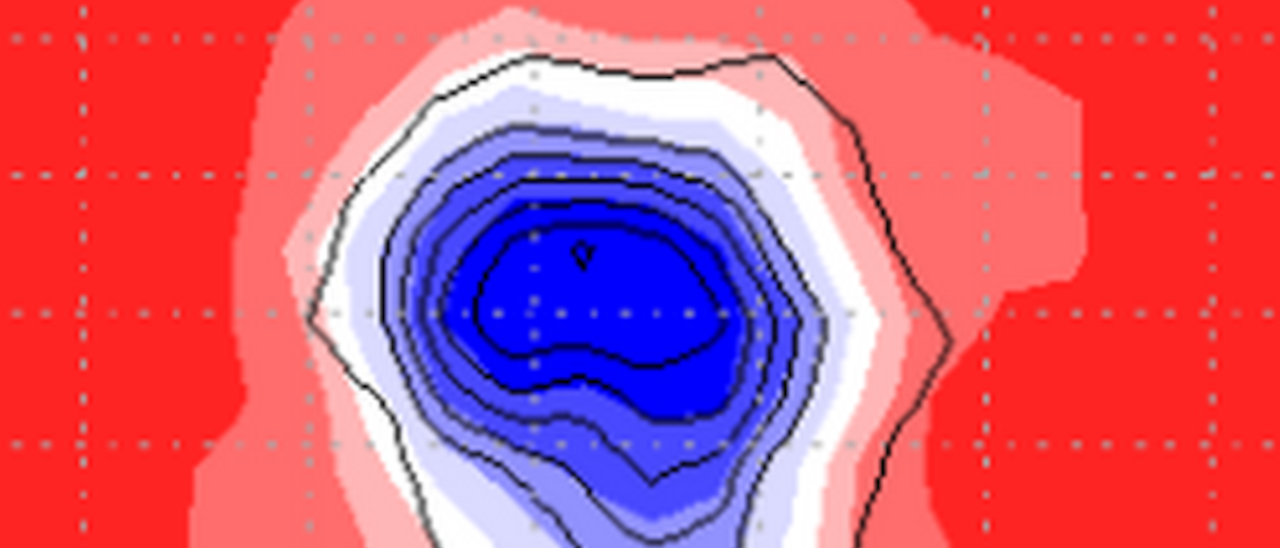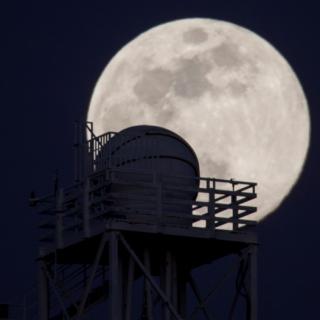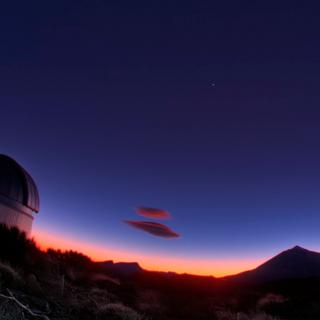The water vapour (WV) is one of the constituent gases of the Atmosphere. Despite being a minor constituent, WV is a powerful greenhouse gas, with strong lines of absorption and emission in the IR, which also make WV one of the atmospheric gases most impacting on Astronomy.
WV is the principal molecule responsible for the absorption in IR and microwave wavelengths, determining the astronomical IR sky quality of a site in these spectroscopic ranges. The importance of WV in the observational Astronomy from Earth is then crucial, defining some of the allowed spectroscopic observational bands (or lines) and the observation modes, in order to maximize the transmission and minimize the background. The assessment of differential extinction caused by WV is also fundamental to establish the photometric systems in the IR.
The way to estimate the amount of WV is calculating its equivalent in liquid water. An area of 1 m2 is taken as the base of a column extending from the ground to the upper boundary of the atmosphere, so that what is measured is directly the height, in millimetres, that all the WV would reach if it were to precipitate in liquid form at the bottom of a large vessel of that shape. We then speak of precipitable water vapour (PWV).
Direct measures are a challenge at astronomical observatories, due to the small WV concentrations. There are different techniques to estimate PWV, from measures with radiosounding balloons to radiometers or photometers.
The Sky Team provides on-line PWV data in real time at the ORM and OT using the Global Navigation Satellite System (GNSS) technique. The different optical paths followed by the signals coming from a constellation of GNSS satellites (GPS or Galileo, e.g) are governed by variations on the moist air refractivity, that can be mapped to estimate the PWV.
The Sky Team also serves the PWV forecast at the ORM and OT for the next 72 h.
More details on the PWV and the GNSS technique of measurement can be found here.
Different studies have dealt with the amount of PWV at the Canary Islands observatories (Vernin et al, 1992 and 1994; Kidger et al, 1998, Pinilla et al, 2002, Garcia-Lorenzo et al, 2010, Castro-Almazan et al 2016, and 2019). The most complete results come from the analysis of the GNSS signals recorded by two geodetic antennas located at ORM and OT. Both observatories show very similar behaviours and values (once corrected the difference in height of the antennas).
The median PWV is 3.5 mm, with quartiles P25=1.7 mm and P75=6.4 mm. The percentage of time with sustained PWV (more than 2 hours) < 2 mm (optimal conditions) and < 3 mm (excellent conditions) are 27% and 42%, respectively. These values qualifies the Canary Islands observatories as a very good site for IR astronomy.
Day-time PWV is ~5-10% higher than night-time. The month with less and most PWV are February and August, respectively. The following figure is the statistical summary of the night time PWV at the Canary Islands observatories.




